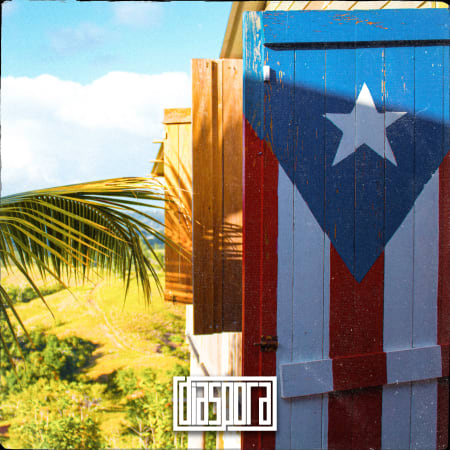The term ‘riddim’ is the Jamaican patois spelling of rhythm, characterized by a movement or procedure with uniform or patterned recurrence of a beat, accent, or the like. In dancehall music, a deejay voices over this instrumental. Beyond just dancehall, riddims can be found in Jamaican music as far back as the 1950s with sound systems primarily playing R&B singles from the U.S.
Jamaican popular music began to flourish in the 1960s. When ska emerged, the recording studio became the focus of the Jamaican music industry, and the culture of borrowing instrumentals and songs began to take off. According to needmoredancehall.com, “The first clear steps towards the riddim production that is seen in Jamaican music today began in the early 1960s. Producer Clement ‘Coxsone’ Dodd would record local artists singing over imported records from the US, such as recording The Wailers singing over Dion & The Belmonts 1959 single ‘A Teenager in Love’.”
Later in the 1960s, deejays played a more prominent role in mainstream Jamaican music, especially among sound system culture. When b-sides of singles began including the instrumentals of a song, deejays used those as their backing tracks. During the late 1970s and early ‘80s as reggae took hold of the international airwaves, local Jamaican people turned more focus to dancehall and ridden culture.
Re-licks of older riddims became the norm. Producers such as Clement ‘Coxsone’ Dodd began stripping down some of his older instrumentals into more deejay-friendly forms. The style of ‘voiceovers’ also began to change, as deejay’s moved away from the loosely structured chanting of pioneers like U Roy and more towards rhythmic and on beat chanting that was being introduced by acts like Lone Ranger. This style continued to grow in popularity with deejays like Yellowman and Eek A Mouse further developing the craft.
Hip hop also had an impact on the sound of dancehall, as acts like The Sugarhill Gang gained popularity in Jamaica. This influence is well demonstrated in Welton Irie’s cover of their 1979 hit ‘Rapper’s Delight’ with his 1980 track ‘Hotter Reggae Music’.
Needmoredancehall.com says, “One of the biggest steps towards modern riddim production came in 1985 with the release of Wayne Smith’s ‘Under Mi Sleng Teng’, which was produced entirely on digital keyboards by King Jammy. Riddims were moving towards short ostinato’s (a repeated musical phrase or rhythm) as opposed to B side instrumentals and this track has since become a landmark in dancehall history.”
The 1990s saw riddims move further away from the skanking friendly roots-reggae rhythm, which is typically around 60bpm, towards a faster 3+3+2 beat. This style became more popular as a new wave of producers began to takeover dancehall with producers like Gussie Clarke, Sly and Robbie, and Bobby Digital at the forefront.
Towards the end of the 1990s, dancehall saw further development and more international crossover. New talents like Dave Kelly and Jeremy Harding were producing riddims that were beginning to have larger crossover appeal in large markets like the UK and US.



























